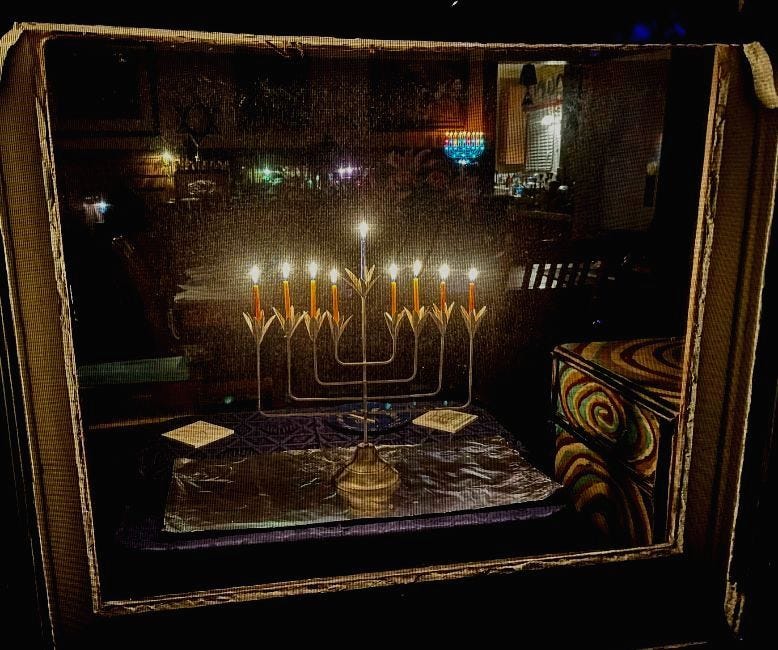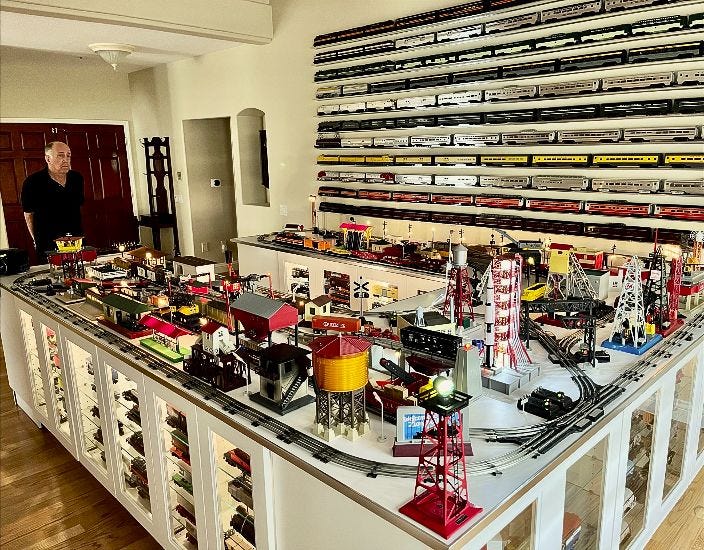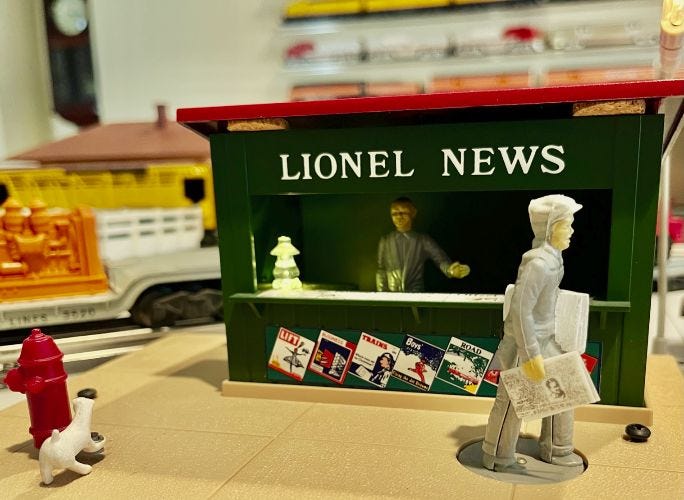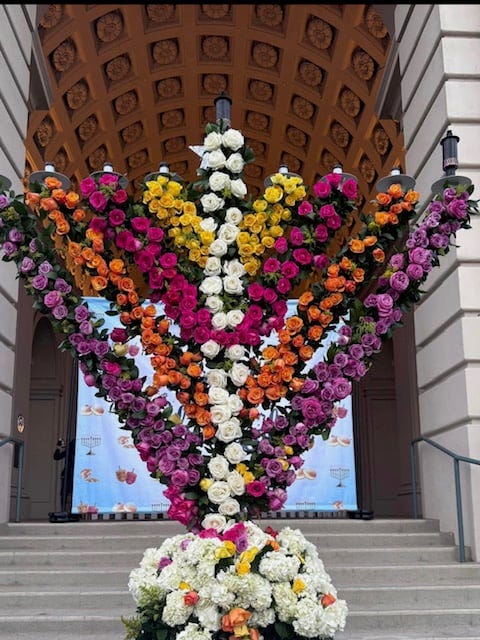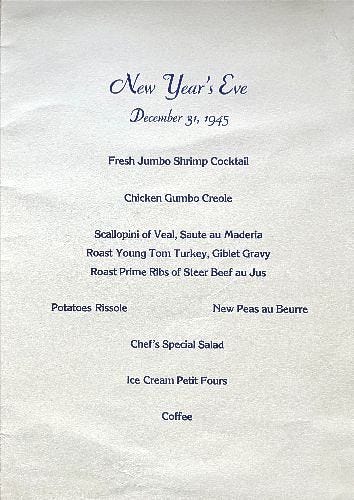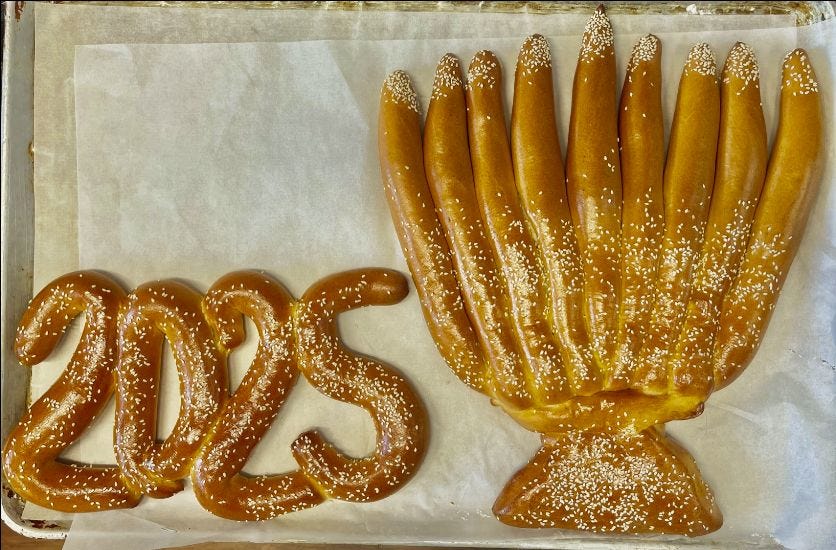Keep the Fire Burning
A New Scroll of LA Jewish News
Folks,
On the eighth night of Chanukah, the fully lit Chanukiah reminds us to keep the flames burning in the challenging year to come. In the soft glow, we also recall the light of Rabbi Sheldon Pennes who passed away last Saturday on the fourth night of the Festival of Light, and was buried the next day.
Rabbi Pennes was a thoughtful, warm-hearted man, who from the early 1990s was the spiritual leader of B’nai Emet in Montebello.
Having been ordained at the Jewish Theological Seminary of America in 1978, he went on to a rabbinic career and lifetime of helping others. He was very concerned about how we are treated in life, and at the end of our lives, and beyond.
He was a chaplain at Cedars-Sinai, and a co-founder of the Jewish Hospice Project of Los Angeles.
A friend and teacher to both Ashkenzi and Sephardi Jews, in latter years, he was especially welcoming to the Latino members of his congregation.
Years ago, at an unveiling for my wife’s grandmother and family matriarch, Grace Hasson, Rabbi Pennes in a moving interpretation explained that the word “b’tsror” in the phrase “Let his soul be bound up in the bonds of the living” found in El Maleh Rachamim is a play on the ancient Hebrew word “tsror” for “pebble.”
He related that in ancient Israel, as a shepherd would use pebbles to count sheep, the leaving of a pebble at a Jewish grave could be a reminder of our desires that God, like a shepherd, count and care for our friends and mishpacha.
In this spirit, we leave a pebble, a reminder of our care and love for him. May his memory be for a blessing.
Please help me to keep the flame lit. By subscribing to MegilLA, you can help me continue publishing into 2025. As a journalist, I will be working to bring more light to the Jewish life around us, and I am asking you to become a PAID Subscriber so I can continue this effort. Please SUBSCRIBE today.
On this last day of the festival:
Chanukah Sameach & Happy New Year.
Edmon J. Rodman
////\/\\\\
////\/\\\\
The lion of Lionel:
Riding the rails since childhood
Edmon J. Rodman
At Chanukah time, we remember our childhood toys; the dolls, the bicycles, the toy trains. Some of us might have a photo, or maybe saved a Barbie outfit. Most of us, have only memories. Not Bob Paris.
When it comes to childhood toys, a few of us never leave them behind. In fact, some, like Paris, grow with them, age with them, and over the years come to share their passion with others.
“I like two things,” said Paris in an interview in his Granada Hills home, “Real trains, and Lionel Trains.”
In fact, Bob’s lifelong obsession with toy trains has grown to occupy his and his wife’s living room.
Though he doesn’t wear an engineer’s hat, or a pair of striped overalls, he obviously enjoys the role of engineer. Powering up his train layout’s transformer, more than the layout lights up, as he takes you and your imagination for a ride around the track.
Filling the 14’ x 20’ foot room is large multi-track oval Lionel Train layout, with many working, buzzing and clacking electric accessories; all meticulously reconditioned and kept in perfect working order by Paris.
Realizing that “no matter how elaborate a train layout is, it essentially goes around in a circle,” Paris has joyfully focused on the layout's accessories.
Walking around the layout, he demonstrated a working saw mill, an animated newsboy hawking newspapers, a forklift loading milk cans on to a truck, and spaceship with blinking lights.
Towering above it all are wall cases filled to the ceiling with Lionel locomotives, and cars.
Paris, who grew up in Los Angeles, received his first Lionel train set when he was only 5. “My parents could not afford it,” he said.
A relative of his grandparents, TV writer and producer Nat Hiken, had received a Lionel train set as a gift from a sponsor, had no use for it, and gave the set to Bob’s grandparents, who gave it to him.
“My parents only had two rules about the trains,” he said. “If I played with the trains on a weekend morning, do not blow the whistle, and when I was done playing, turn off the transformer.”
An aunt and uncle, finding out about his interest, later gave him an additional Lionel set.
Over time, and using money he had earned, he built a floor layout on the floor of a spare bedroom.
Playing with trains “taught me basic mechanics. I would take them apart and put them back together,” he said.
By the time he was teenager, model trains were out of favor, and as a result he was able to build his collection from what was collecting dust at the train and model shops he found in and around Burbank.
He did not grow up to be an engineer.
“I was a business major in college,” and later ran a company that “distributed pre-recorded music, records, tapes, and CDs, for 40 years,” said Paris,” who is now 67 and retired.
In the 1980s, Paris discovered from reading books about Lionel trains, that the company’s creator, Joshua Lionel Cohen, was Jewish. “I know that his first item was a little wooden trolley, electric, that ran on an oval of track,” he said.
The hopeful entrepreneur, who had attended Cooper Union and Columbia College, sold the trolley to a store that hoped it would attract the interest of passersby to the goods in the store’s window.
But when Cohen (who in 1910 would change his name to “Cowen”) found out that customers had been coming in asking to buy the trolley, “He knew he was on to something,” said Paris.
Here in Los Angeles, as early as 1917, Lionel trains were promoted to the Jewish consumer in an ad in the B’nai B'rith Messenger. “These goods are the very best,” said the ad.
How did Paris connect his passion for collecting toy trains work to his adult life?
One of the earliest dates with his future wife Sylvia, was to a train collector’s convention. If you are wondering how the museum-like display filling his living room plays to his wife, it seems to track well.
“She won’t confirm this but I think she’s happy with it,” he said. Though it did take 30 years for her to come around to the idea.
Turns out, she is a collector too, of English oak antiques, and over time, they have learned to appreciate each other’s collection.
Paris, who has collected about everything there is to collect concerning Lionel, greatly enjoys seeing people encounter his collection for the first time.
“As a hobby, it’s very satisfying,” he said.
////\/\\\\
In Pasadena, a menorah of roses
On the first night of Chanukah a Menorah of Roses was paraded and lit at Pasadena City Hall by the Chabad of that city. Covered with 18 dozen roses, Chabad’s new six-foot menorah stood evoked the floats that were to come on January first.
“The premise is to spread the miracle of Chanukah everywhere,” Rabbi Chaim Hanoka, executive director of Chabad of Pasadena told Pasadena Now. “There’s a miracle of the few over the mighty, the weak over the strong…and ultimately bringing light and illuminating the world at large.”
////\/\\\\
*Live from the Archive
Punching through to New Year's
Edmon J. Rodman
The 1945 New Year’s menu (shown above) is from a restaurant and night club on Wilshire Boulevard named after a Jewish professional boxer known as Slapsy Maxie, whose real name was Maxie Rosenbloom.
Nicknamed “Slapsy” because of his open-gloved style of punching, Rosenbloom won the light heavyweight title in 1930.
While still boxing, Rosenbloom accepted a role in a Hollywood film that began a second career as a character actor. In “Requiem for a Heavyweight,” a 1956 TV drama written by Rod Serling, he played a boxer at the end of his career.
Slapsy Maxie’s, opened in Los Angeles on Beverly Boulevard in 1937. From 1943 to 1947, the club was located at 5665 Wilshire Boulevard. A second club with the same name was opened in San Francisco in the 1940s.
The LA club is featured in “Gangster Squad,” a 2013 crime film set in 1949.
According to an article in the LA Times by Patrick Goldstein, though the club was originally in the hands of gangster Micky Cohen, “from 1947 through 1950, it was owned by Sy Devore [an LA clothier] and his older brother, Al.”
That same Times story recounts a night in 1947 when Cohen teamed up with Oscar-winning screenwriter Ben Hecht to stage a benefit for the State of Israel at Slapsy Maxie’s.
Cohen handled the invites, and Hecht gave a short speech.
As told in Hecht’s memoir “A Child of the Century,” on that night he “addressed a thousand bookies, ex-prize fighters, gamblers, jockeys, touts and all sorts of lawless and semi-lawless characters; and their womenfolk.” With Cohen glaring at them from the stage, $200,000 was collected.
Maxie Rosenbloom was born in Connecticut on November 6, 1906. He was inducted into the International Jewish Sports Hall of Fame in 1984, and the International Boxing Hall of Fame in 1993. He died in South Pasadena in 1976.
During his years in Los Angeles he made celebrity appearances for both Mt. Sinai Hospital and Clinic, and the City of Hope.
*The Rodman Archive of Los Angeles Jewish History is a collection of approximately 1200 objects, photos, clothing, art, books, recordings, and ephemera relating to the lives and endeavors of Jewish Angelenos between 1850 and 1980.
////\/\\\\
Seen on the way: Pico-Robertson
At Got Kosher? bakery, both the New Year and Chanukah were baked in.
////\/\\\\





